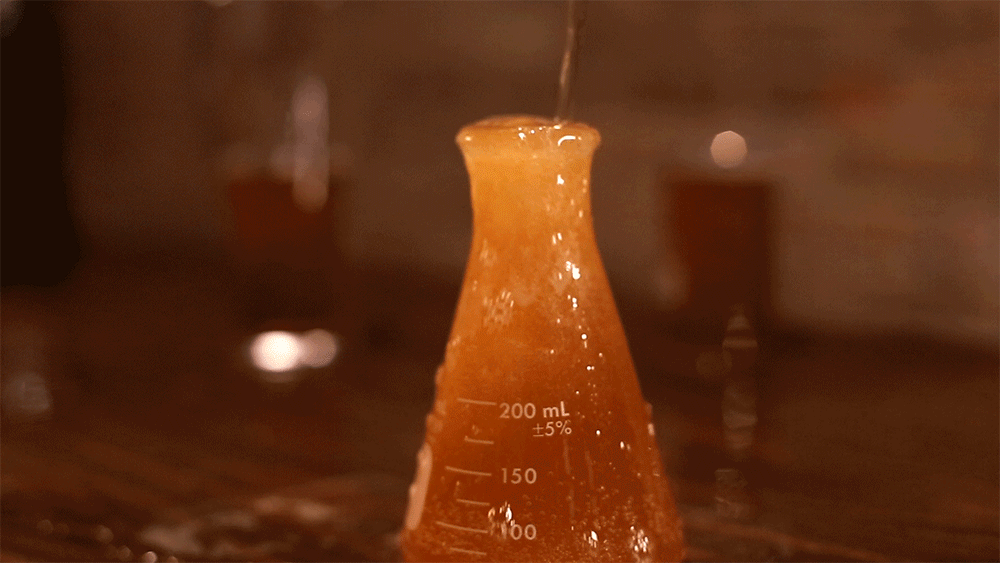Watch out, Solo cups: Glass bottles may be on the rise at Northwestern. Communication alumnus Ted Schwaba's hobbies include DJing, narrating podcasts and keeping family traditions alive as one of Northwestern's few home brewers.
Using the equipment and brewing guide passed down from his father and uncle, Schwaba and his roommates, Weinberg senior Jeff Bilik and McCormick senior Harry Poppick, recently bottled their first batch of beer — a Belgian stout called "Michael Jorda’s Wine," a name that allegedly took "a lot of workshopping." Schwaba and Bilik freely admit the science of brewing beer is not their expertise.
“My only understanding of the situation was that the yeast eats the sugar and poops out alcohol,” Schwaba says.
That’s basically true. Beer is made when a barley solution is boiled with hops, the female flowers of a hops plant, to create a wort, then fed to yeast, which produces CO2 and alcohol. The barley seeds are germinated and roasted. The hops add bitterness and flavor and sterilize the mixture so that other bacteria besides the yeast do not feed off of them. This mixture consists of broken down carbohydrates, or sugars, which are perfect food for the tiny yeast microorganisms.
As a byproduct of metabolizing the sugar in a low-oxygen environment, the yeast produces ethanol and carbon dioxide. This is why fermentation always happens in a closed container over the course of two weeks. Once the beer is fully fermented, extra sugar is added before bottling. The remaining yeast eats this sugar, creating carbonation after the beer bottle is sealed.
Shelby Hatch, director of chemistry labs at Northwestern, says there are limited variations home brewers can infuse into their beer.
"Most of the different colors and flavors come from roasting the barley,” she says, adding that brewers don’t often grow their own barley. Even professional brew companies buy different roasts to change flavor and color.
However, home brewers can mix hops, barley and water to create diverse types of beer. McCormick senior PJ Santos says making different varieties of beer at home isn’t too hard after some practice. Santos started brewing at the beginning of his junior year and has made everything from stouts to pumpkin beer.
"You have a whole lot of different variables to play with," he says. "The end result is really enjoyable."




